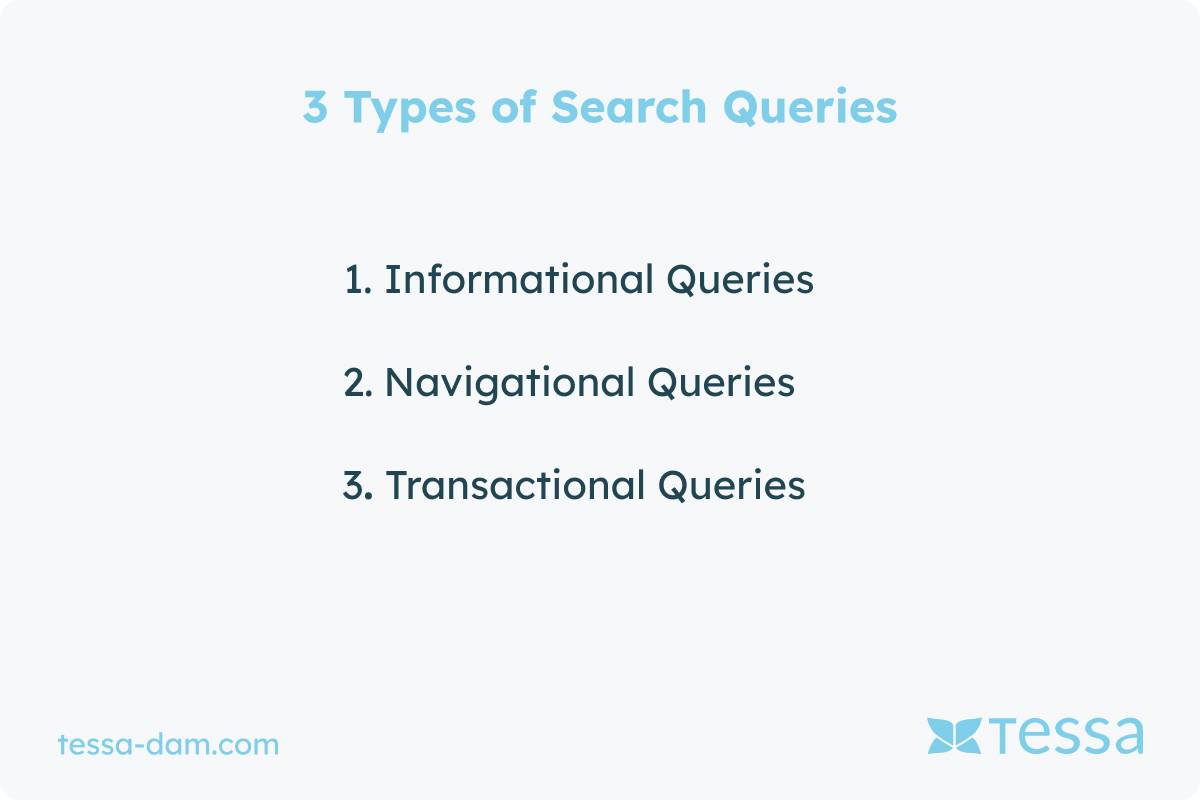Classification
The significance of effective search and data query processes in information technology is crucial in an era of exponentially growing data volumes. A "query" or search query is a central term in this context. This scientific text explores the fundamental concepts, applications, and developments in the field of query technologies.
Basics of a Query
In the computer science context, a query refers to a request directed to a database or information system to retrieve specific information. This process is crucial for extracting relevant data from large datasets. Queries are expressed in various forms, ranging from simple search queries to complex data queries that encompass multiple criteria and linkages.
Types of Queries
Queries can be categorized based on their purpose and complexity. Simple search queries, for instance, may involve extracting specific records based on keywords. On the other hand, complex data queries may include intricate conditions and logical linkages between different data fields to identify specific patterns or trends. A distinction is made between the following 3 types.
1. Informational Queries
Informational Queries aim to retrieve information from a database without altering data. This type of query is often used for research purposes, reporting, or general information retrieval. Typically, SELECT statements in SQL are employed for informational queries. For example, an information query could be used to retrieve the number of products in a warehouse or to gather statistical data for a specific time period. The focus is on extracting relevant information without modifying the data.
2. Navigational Queries
Navigational Queries are designed to navigate through a database and identify relationships between different data points. This type of query is frequently used in relational databases to navigate through complex relationships between tables. JOIN statements in SQL are a typical means to execute navigational queries. An example of a navigational query could involve linking customer data with their corresponding orders to obtain a comprehensive view of the customer history.
3. Transactional Queries
Transactional Queries are oriented towards making changes to the database. These queries involve inserting (INSERT), updating (UPDATE), or deleting (DELETE) data. Transactional queries play a crucial role in business-critical applications, such as online banking systems or inventory management systems. The integrity and consistency of the database are of utmost importance in transactional queries as they aim to maintain the state of the database in line with business requirements.
Applications of Queries
Queries are widely used in information technology and find applications in various scenarios. In database management systems, they enable access to and manipulation of data. In search engines, queries form the starting point for information retrieval on the World Wide Web. Business intelligence systems utilize complex queries to generate comprehensive analyses and reports.
Developments and Challenges
With the advent of Big Data and advanced analytics technologies, the demands on query processing have evolved. The need to efficiently search large datasets and conduct complex analyses has led to developments such as distributed databases, in-memory technologies, and parallel processing. Simultaneously, challenges include ensuring privacy and security in processing sensitive information.
Query Languages
Specific query languages are used to formulate queries. SQL (Structured Query Language) is a well-known example widely used in relational databases. Other query languages, such as SPARQL for querying RDF data or Elasticsearch Query DSL for full-text search, are tailored to specific use cases.
Outlook for the Future
The future of queries in information technology will be influenced by developments such as machine learning and AI technologies. Advances in natural language processing could revolutionize how users interact with systems and formulate queries. Meanwhile, efforts continue to enhance the efficiency of query processing to keep pace with the continually growing volume of data.
Conclusion
From simple data extraction to complex analysis and interpretation of information
The significance of queries in information technology extends across various applications and scenarios. From simple data extraction to complex analysis and interpretation of information, queries play a crucial role. The ongoing development of technologies and methods will further advance the efficiency and performance of query processing, significantly impacting how we interact with data and gain information.





